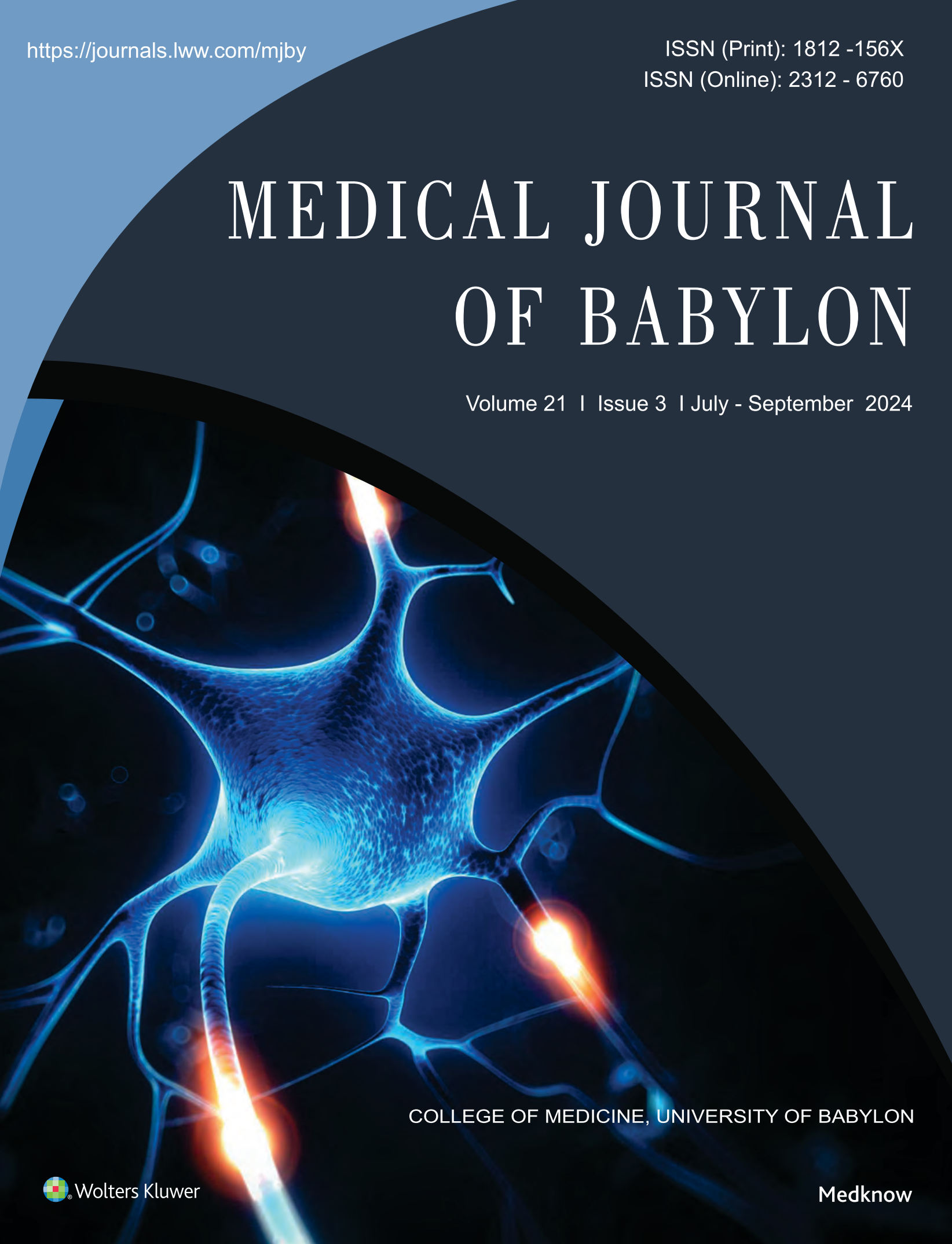Abstract
Background: Fistula‑in‑ano and especially the high and complicated type is still one of the difficult surgical problems to solve. The new
promising technique, video‑assisted anal fistula treatment (VAAFT) was done first by Professor P. Meinero in 2006. Objective: The objective of
the study was to describe the technique and the encouraging result of VAAFT. Materials and Methods: Using Karl Storz Company fistuloscope,
200 patients with anal fistulas were treated in Babylon Private Hospital in Al Hilla (Center of Babylon Governorate). This was done in two phases:
diagnostic phase including visualization of fistula tract and identification of internal opening, followed by the operative phase by cauterization,
curettage of the tract, irrigation using 1% mannitol solution, and closure of the internal opening using no. 1 Vicryl (polyglactin). Results: From
the 200 patients with anal fistulas, 40 patients (20%) had undergone classical fistula surgery. No major complications were recorded. Early and late
postoperative pain and discomfort were mild. The cases followed up at 6 weeks and 3 months postoperatively. Primary healing rate was 70% at
12 weeks and 74% at 3‑month follow‑up. The overall healing rate percent after 1 year was 80%. Conclusion: VAAFT is a safe, sphincter‑saving,
painless procedure and can be done as a day case with promising preliminary results, and we can repeat the treatment till cure is achieved.
promising technique, video‑assisted anal fistula treatment (VAAFT) was done first by Professor P. Meinero in 2006. Objective: The objective of
the study was to describe the technique and the encouraging result of VAAFT. Materials and Methods: Using Karl Storz Company fistuloscope,
200 patients with anal fistulas were treated in Babylon Private Hospital in Al Hilla (Center of Babylon Governorate). This was done in two phases:
diagnostic phase including visualization of fistula tract and identification of internal opening, followed by the operative phase by cauterization,
curettage of the tract, irrigation using 1% mannitol solution, and closure of the internal opening using no. 1 Vicryl (polyglactin). Results: From
the 200 patients with anal fistulas, 40 patients (20%) had undergone classical fistula surgery. No major complications were recorded. Early and late
postoperative pain and discomfort were mild. The cases followed up at 6 weeks and 3 months postoperatively. Primary healing rate was 70% at
12 weeks and 74% at 3‑month follow‑up. The overall healing rate percent after 1 year was 80%. Conclusion: VAAFT is a safe, sphincter‑saving,
painless procedure and can be done as a day case with promising preliminary results, and we can repeat the treatment till cure is achieved.
